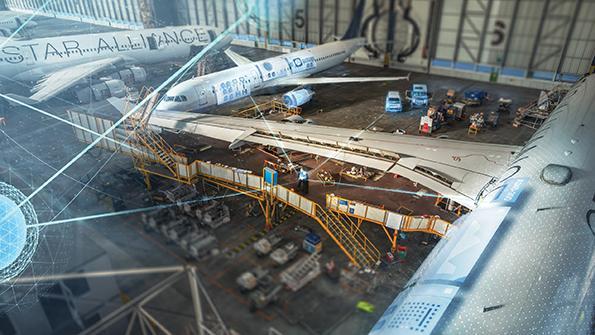
Artificial intelligence and machine learning for predictive modelling were identified as crucial capabilities to implement digital twin initiatives.
Aerospace and defense (A&D) companies are stepping up their investment in digital twin technology, according to a new report by Capgemini Research Institute.
Based on a survey of 150 A&D companies, including numerous civil aerospace organizations, Capgemini estimated a 40% jump in planned investment in digital twin initiatives since its last survey in 2021.
The two most important drivers of this are technological advancement and improving operational efficiency through digital twin-enabled strategies such as predictive maintenance, respondents said.
However, product design is expected to benefit fastest from the technology, although the survey also identified maintenance and the supply chain as potential near-term beneficiaries.
Accordingly, artificial intelligence and machine learning for predictive modelling were identified as crucial capabilities to implement digital twin initiatives.
Digital twins also offer training enhancements. For instance, KLM uses digital twins to train ground crews on cleaning the Boeing 787, which has delivered a 30% reduction in cleaning time.
The survey identified three types of digital twin: one used in design and development to enhance product design or lifecycle support; one used to optimize a manufacturing—or any other measurable—process; and one used to simulate networks such as supply chains.
For all the benefits of digital twins, though, Capgemini noted a need for interoperability between the systems of different manufacturers present on an aircraft, and suggested that Tier 1 OEMs work with suppliers to ensure this.
The survey also identified a need for aircraft OEMs to work with partners on digital twin initiatives, with 60% of respondents citing a lack of a unified data platform as a challenge for digital twin deployment.



